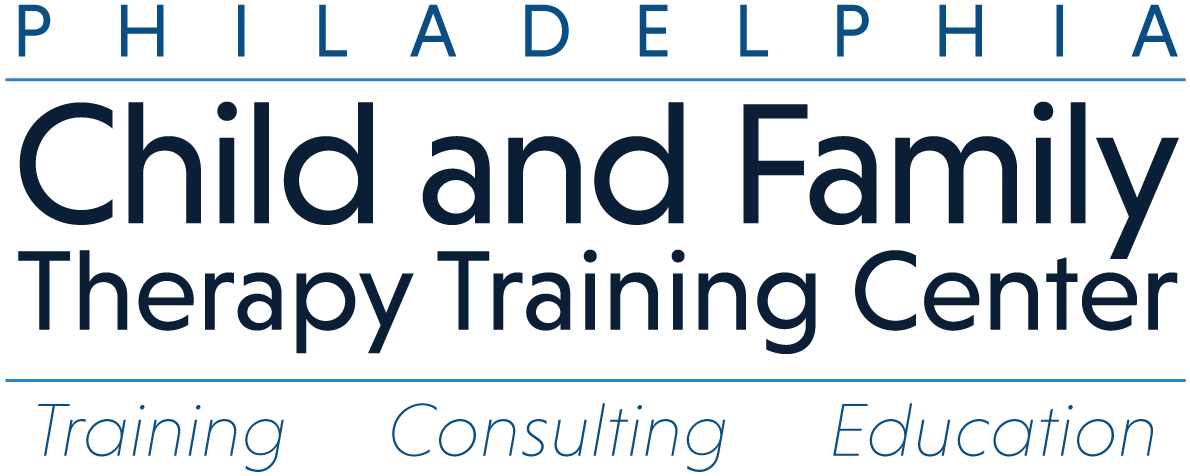Recently, I watched a short video of a foster mother cat gently caring for a kitten who had clearly endured trauma. The kitten flinched at every movement, tucked itself into corners, and froze at any attempt at touch. But the mother cat didn’t retreat. She moved slowly, calmly—relentlessly. With every lick, every soft purr, every patient pause, she sent the same message: You are safe now. I won’t hurt you. I’m not going anywhere.
As I watched, I realized: this is exactly what it looks like to build attachment with a child who has experienced complex developmental trauma.
In Ecosystemic Structural Family Therapy (ESFT), we talk about the importance of reestablishing safety and connection as the foundation of all therapeutic work. For children who have learned through experience that adults are unpredictable, unavailable, or unsafe, attachment isn’t automatic—it must be earned through consistency, patience, and deep emotional attunement.
The caregiver’s role is to embody safety. Not to demand closeness, but to offer connection without pressure, and to remain emotionally available even in the face of rejection or withdrawal. Just like the foster mother cat, the caregiver must be willing to show up again and again, saying with their actions:
💬 I see you.
💬 Your fear makes sense. I would be afraid too.
💬 I’ll stay until you trust.
Attachment doesn’t come from grand gestures—it comes from the quiet, repeated moments of co-regulation: sharing calm, honoring the child’s emotional state, and staying present without needing immediate results.
In a trauma-informed, strength-based model like ESFT, we understand that healing happens through relationship, not in spite of it. And while the journey is slow, the impact is profound.
That tiny kitten eventually crept toward the mother cat and tucked itself under her warmth. It didn’t happen all at once—but it happened. The same is possible for the children we serve.
Traumatized children don’t need perfect caregivers. They need relentless ones. Ones who stay. Ones who wait. Ones who whisper safety through every calm breath and patient act of love.
Because healing begins where fear once lived—and trust is the bridge we build one steady step at a time.



Leave a Reply